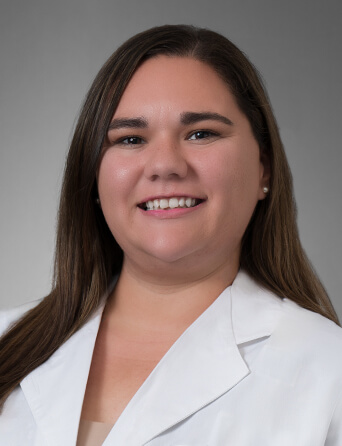Join Our eNewsletter!
Subscribe to our monthly newsletter to receive encouraging advice to help you lead a healthy lifestyle.

My Baby’s Head Looks Flat!
One of the most common concerns pediatricians hear from parents is their baby’s head looks flat. We call this condition plagiocephaly. Doctors examine babies from head to toe to distinguish between a temporary, self-limited problem and one that needs further evaluation or treatment.
When we are born, the skull bones are only loosely joined together. This unfused structure allows the skull to conform to the narrow birth canal when we are born and it allows for the rapid brain development and resulting head growth that occurs in the first year of life. Babies are regularly born with oddly shaped heads, but over days to weeks their heads become more symmetrical.

Contributing Factors
After delivery, other forces apply uneven pressure to the skull. Since we started recommending that infants sleep on their backs, babies have been better protected against the tragedy of SIDS. The minor downside to the current sleep practice is that over the first few months of life, the malleable skull becomes flattened in the back. We probably hear this concern most at the four month check-up, before the baby is able to sit up without support and cannot yet roll from back to front. A typical 4-month-old baby will have a relatively flat back of the head with a bald spot in the same area. Once the baby spends more time on his or her tummy, sitting up and eventually standing, the flat spot typically rounds out, and the hair grows in.
What Pediatricians May Check
Your pediatrician can help determine if the shape of your baby’s head is cause for concern. When we examine a baby with a misshapen head, we pay close attention to the fontanel, or soft spot, as well as the structure of the forehead, the position of the ears, and the general shape of the face. We also check for the range of motion in the neck and evaluate for any neurological problems. We always want to make sure that those skull bones have not started to fuse together at the wrong time or in the wrong order, and we want to make sure there is no muscle spasm in the neck keeping the head in a single position.
Most of the time, the flattening of the skull is harmless and temporary. Sleeping on the back is an essential part of safe sleep practice, and we want to make sure parents continue placing their babies “back to sleep.”
Meet Our Team
Our pediatricians provide comprehensive services for children at Kelsey-Seybold Clinic locations throughout the Greater Houston area, so you’re never far from the compassionate care your child needs.









